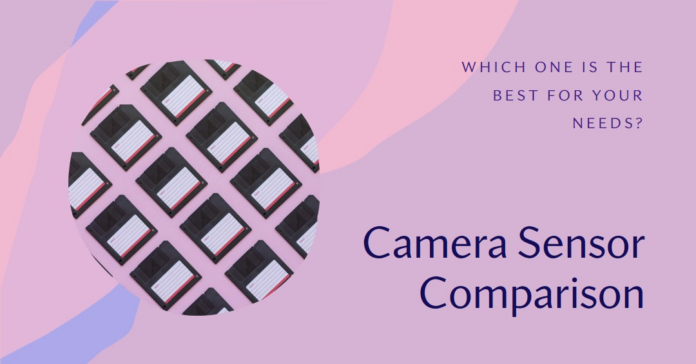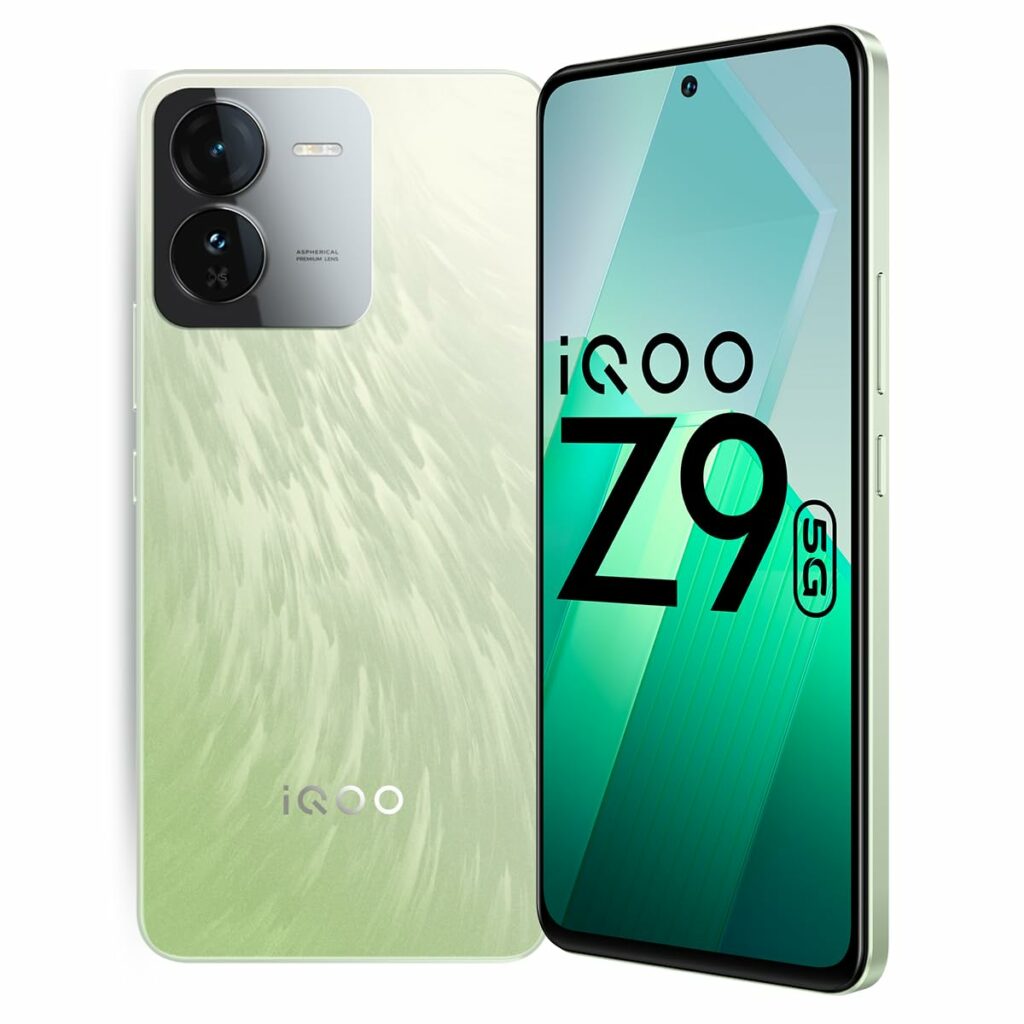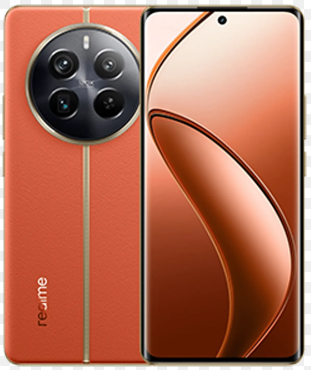In this post, we find out and compare the IMX882 vs LYT600 vs IMX890 which are modern smartphone sensors build by Sony.
Ever wondered why some phone cameras outperform others, even with similar megapixel counts? The answer lies in the heart of the camera – the image sensor. Recently, the OnePlus community has been buzzing about the differences between the IMX 882, LYT 600, and IMX 890 sensors. Let’s break it down in simple terms:
Also Read: Comparing LYT-T808 vs LYT-900 vs IMX890
Sensor Showdown: Size Matters (Mostly)
The discussions reveal that the IMX 882 and LYT 600 seem like twins on paper, boasting 50 megapixels on a similar sized (1/1.95″) plate with equally tiny pixels (0.8 microns). This suggests they capture a similar amount of detail.
The bigger brother, the IMX 890, steps in with a larger sensor (1/1.56″). Imagine a bigger light bucket – it can collect more light, especially in low-light situations, potentially leading to sharper, clearer photos. This is why some users are concerned about a downgrade from the IMX 890 to the LYT 600 in newer OnePlus models.
Hold on, There’s More to the Story
Unfortunately, we still do not have the nitty-gritty details to definitively compare these sensors. To truly understand the differences, we’d need technical specifications (think sensor datasheets) or controlled tests that compare low-light performance, noise levels, and other crucial factors.
Democratization of Photography: High-Quality on a Budget
The good news? high-quality sensors like the IMX 890 are finding their way into more affordable phones, like the Realme Narzo 70 Pro. This means great pictures without breaking the bank!
The Neverending Quest for the Best
The discussion doesn’t end there. One user even asks about the IMX 682 sensor, showcasing the ongoing quest within the community to understand and compare camera sensor performance across different devices.
The Takeaway: Beyond Megapixels
While megapixels play a role, the OnePlus community discussion sheds light on what smartphone users truly care about: real-world camera performance. Sensor size, software processing, and access to high-quality sensors in budget phones are all important factors to consider when choosing your next smartphone for capturing those special moments.
For the Tech-Savvy:
If you crave deeper dives, look for manufacturer datasheets or reviews from trusted tech sites that perform controlled sensor comparisons. These resources will provide the technical details you need to make an informed decision.
| Specification | IMX 882 (iQOO Z9 5G) | LYT 600 | IMX 890 (Realme Narzo 70 Pro 5G) |
|---|---|---|---|
| Resolution | 50 megapixels | 50 megapixels | Not specified |
| Image Size | 1/1.95″ | 1/1.95″ | 1/1.56″ |
| Pixel Size | 0.8 µm | 0.8 µm | Not specified |
| Diagonal | 8.2 mm | 8.2 mm | Not specified |
| Sensor Type | Not specified | CMOS (assumed from context) | Not specified |
| Interface | MIPI C-PHY D-PHY | MIPI C-PHY D-PHY | MIPI C-PHY (up to 3.5Gsps), D-PHY (up to 2.5Gbps) |
| Chroma | RGB | RGB | RGB |
| Technology | Back-Illuminated RAW10, RAW8 | Back-Illuminated RAW10, RAW8 | Quad Bayer Coding, PDAF, high SNR, OIS, multiple frame rates |
| Additional Features | Optical Image Stabilization (OIS), 4K video, and more | Optical Image Stabilization (OIS), 4K video, and more | Superior in lower light conditions Lens Shading Correction, Dynamic Defect Pixel Correction, built-in temperature sensor |
Conclusion
The discussion around smartphone camera sensors goes beyond just megapixels. While the OnePlus community debate highlights the similarities between the IMX 882 and LYT 600 sensors, the larger sensor size of the IMX 890 suggests it might perform better in low-light conditions. Software processing also plays a significant role, with GCam mentioned as a potential way to improve image quality.
For a clearer picture (pun intended!), users need to look for technical specifications or controlled tests that compare these sensors in detail. The good news is that high-quality sensors are becoming more affordable, allowing for great smartphone photography on a budget.
Ultimately, the choice depends on what matters most to you: megapixels might be a headline grabber, but sensor size, software capabilities, and overall camera performance are all key factors to consider when capturing those special moments.



 Check on Flipkart
Check on Flipkart Check on Amazon India
Check on Amazon India